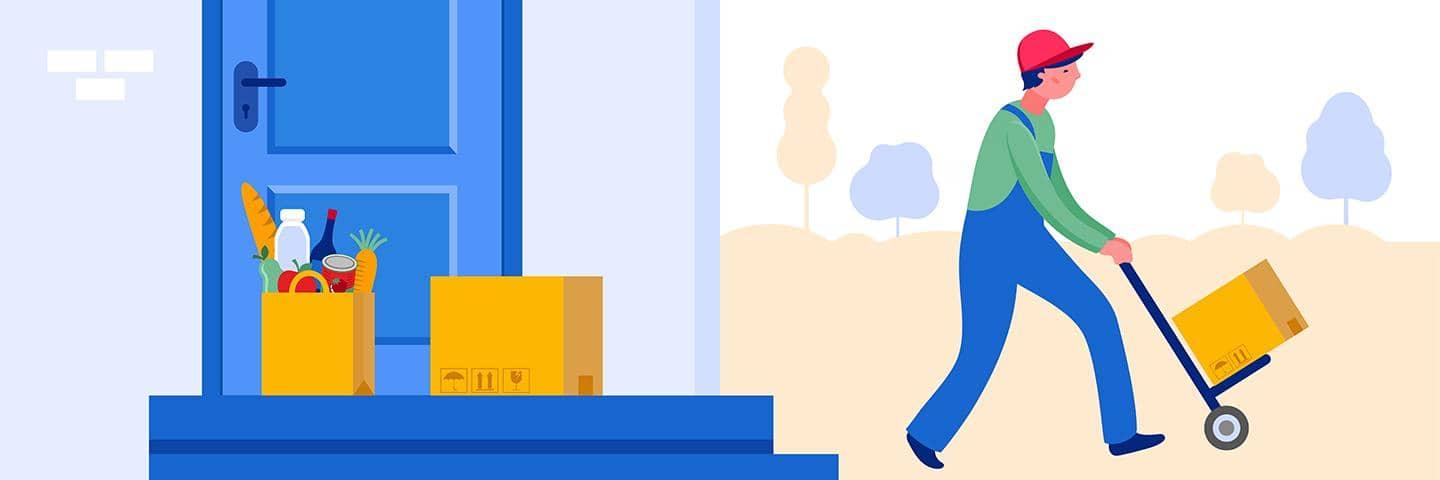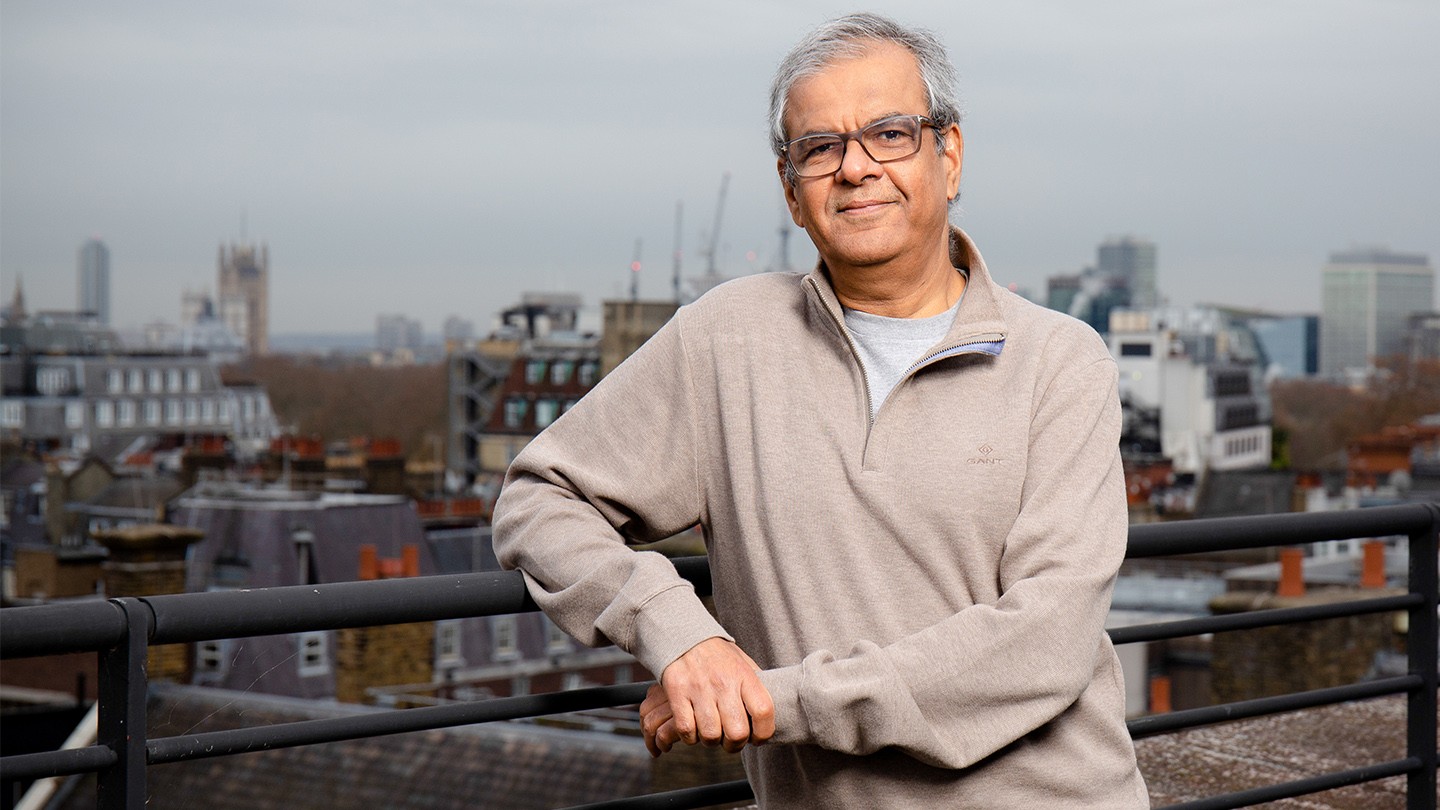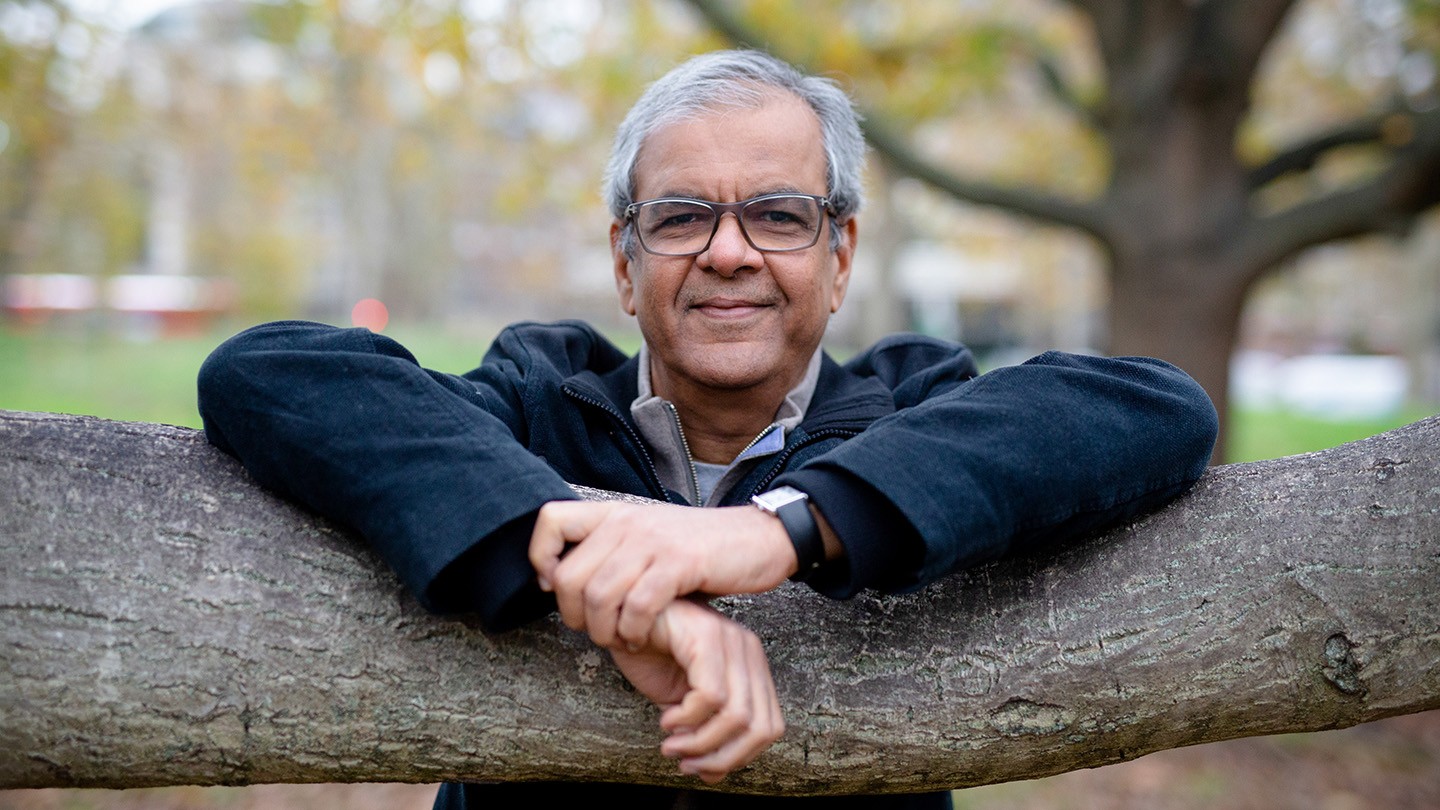
Growth
Insights: COVID-19 and the rise of the contactless consumer
05 February 2021
COVID-19 has accelerated existing trends in consumer behaviour around the world as well as creating new ones – from when we buy things to how we pay. Ashok Vaswani, Chief Executive Officer of Consumer Banking and Payments, tells us why the pandemic could have a permanent impact on the way we shop and how Barclays is innovating to support changing customer needs.

Our homes have become our ‘cocoon’ - a safe haven. We want to be very careful every time we step out of our ‘cocoon’ or allow anything into it, so we’re very sensible about where we shop, how we shop and when we shop.
Chief Executive Officer of Consumer Banking and Payments
The pandemic has created a fundamental shift in consumer behaviour. In previous crises, we have tended to see consumer borrowing increase but this time around, the customer has hunkered down, cut back spending, and increased savings quite considerably. Bank of England figures show that families in Britain saved over £150bn over the course of 2020 – the highest figure since records began.
That’s partly because there are fewer opportunities to spend, but there are also those consumers who have said: ‘I need to protect myself and my family from the financial difficulties that could potentially arise during the pandemic’.
Due to lockdown restrictions and ‘stay at home’ orders, many of us have been forced to retreat into a ‘cocoon’ – our homes have become a safe haven. We want to be very careful every time we step out of our ‘cocoon’ or allow anything into it, so we’re very sensible about where we shop, how we shop and when we shop.
Companies that can offer ‘at home’ products and services have thrived, and the power has moved to those that control the gateway to the customer’s ‘cocoon’. For example, before the pandemic, I used to go out to a small restaurant in my neighbourhood where I knew the owner, Jane, who makes the best Turkish food. Today, I'm ordering deliveries. To stay in business, Jane is now dependent on delivery companies who take 15% of the bill.
Meanwhile, many consumers are increasingly reluctant to touch cash or PIN pads when they go to shops so innovations that enable a ‘low-touch’ experience, such as contactless payments, have really taken off. Data from Barclaycard has revealed that 88.6% of all eligible payments in the UK were contactless in 2020 – and the average value of these payments rose by 29% after the contactless limit was increased from £30.
Uptake of contactless payments in the US has lagged behind due to the infrastructure and lack of issuers actually producing contactless cards. But more recently, a lot of things have moved either online or to virtual wallets, and contactless card usage has increased in the US as well.
Mastercard research revealed a 136% increase in contactless transactions in the US in the full year to July 2020, while Visa data points to the US having 175m contactless cards – the most of any market globally. Barclays US Consumer Bank issues cards with contactless technology for American Airlines and JetBlue card members, and new cards issued as part of the bank’s partnership with Emirates are now also contactless. All the cards issued can also be added into mobile wallets, which are continuing to increase in popularity.
All these trends obviously have huge implications for banks like Barclays, because we want to be useful and stay relevant to our customers. Think of the pace of these changes as a treadmill, which is getting faster and faster every single year. This year, the treadmill slope has also gone up. As a bank, we cannot slow down. We are ready to keep running on that treadmill faster and at a steeper incline.
I have always seen the customer as the ‘north star’ of our business. No matter what the geography or market, we are working with our customers to provide the services and products they need in these uncertain times.
Chief Executive Officer of Consumer Banking and Payments

Moving online
I think 2020 will be seen as the point of inflection, as far as digital activity is concerned – it’s gone through the roof. There were naysayers pre-COVID, but today, no one is doubting that digital is the way to go. Larger corporates were already doing some level of digital activity, and although it’s increased for them since the start of the pandemic, it's really smaller businesses who have seen a big change in their volume of digital activity.
The payments data that we have on this is very interesting. During the first UK lockdown, payment volumes fell between 40 to 45%. And during the second lockdown, payment volumes fell between 20 to 25%. What that tells you is that, since the first lockdown, businesses have put systems in place to be able to do more online.
It’s not only the pace of change that has surprised me, it’s the permanence. The level of digital activity didn’t diminish between the first and second lockdowns in the UK, which indicates a lasting behaviour for the customer. Early indications are that this trend is continuing in the current lockdown.
As more and more people are engaging with digital solutions – many for the first time – the Barclays’ Digital Eagles have been delivering free online training sessions to help build confidence with technology, and have helped residents and staff in 500 UK care homes use technology to stay connected to loved ones.
Adapting to evolving trends
I think we’ll see more innovation as these trends continue. Some of the more recent innovations that Barclays has launched include digital receipts, where customers can get a receipt in their mobile banking app; and digital loyalty, where they can automatically collect reward points without using a physical loyalty card.
We took a leading role in helping our merchants be among the first to accept the new contactless limit; we’re helping empower small businesses to sell online; and we’re working with some of the biggest e-commerce platforms like Amazon, so that as consumers shift more of their shopping online, they have the ability to get financing for their purchases.
The list the team is working on goes on. I have always seen the customer as the ‘north star’ of our business. No matter what the geography or market, we are adapting our business model – and we are working with our customers to make sure that we provide the services and products that they need in these uncertain times.